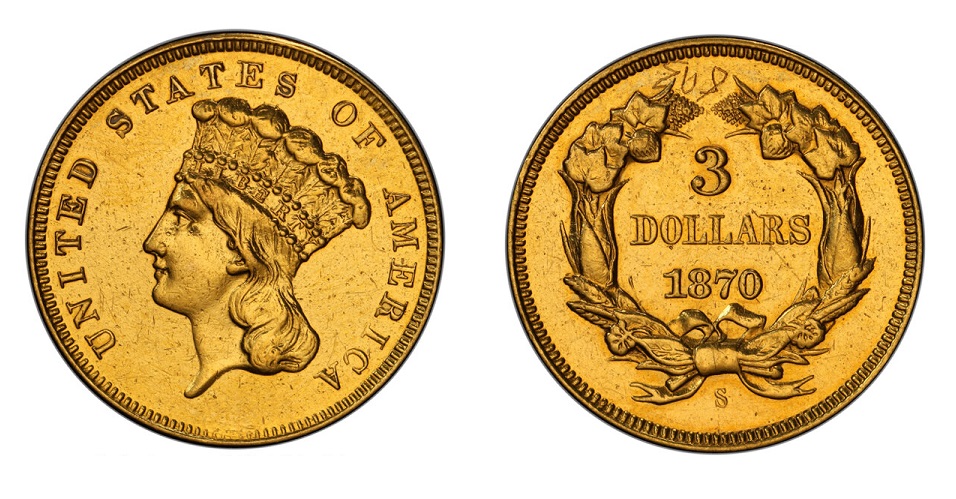In 2000, the American Numismatic Association’s Edward C. Rochette Money Museum was thrilled to have been selected as the ideal new home for the Harry W. Bass Jr. coin collection. Located in the historic Colorado Springs City Hall building, it houses a collection of coins, paper money, tokens, medals, and other numismatic items from around the world. The collection includes currency from ancient Greece and Rome, medieval Europe, and the United States.
After more than twenty years as the museum’s centerpiece, in 2022, the Harry W. Bass Jr. Research Foundation’s executive board decided to sell the collection. The proceeds would go to support their mission of helping non-profit organizations in youth and education with a focus on early childhood literacy.
Harry W. Bass Jr. (1920 – 1998) amassed one of the world’s finest coin collections over his lifetime. The collection included examples of many rare and historically important American coins and paper currency. Among the items was a complete set of $3 gold pieces. One of the rarest coins from the group is an 1870-S $3 gold Indian Princess coin which happens to be surrounded by a bit of mystery.
The mystery revolves around the San Francisco Mint’s granite cornerstone, where the legendary 1870-S is said to have been placed. According to the San Francisco mint records, only one 1870-S $3 gold Indian Princess coin was struck and encased in the cornerstone. On May 25, 1870, a ceremony was held to lay the symbolic cornerstone of the new building’s foundation. While newspapers covered the event and reported that the cornerstone was placed on the northeast side of the building, the actual cornerstone has never been located. Could it have been removed at some point?
Many have questioned whether the earthquake of 1906 may have damaged the building enabling someone to remove the precious coin. But news reports at the time stated that the building survived virtually undamaged. The foresight of architects at the time was to design the building so it would float on the foundation in case of an earthquake; their prudence paid off. It is, therefore, unlikely that the cornerstone was damaged.
The following year, in 1907, an 1870-S $3 coin appeared on the market; William Woodin purchased it and sold it in 1911. Since then, it has been bought and sold to several private collectors, the last being Harry Bass, who acquired it at the historic Eliasberg Sale in 1982 for $687,500.
Was this the coin that was once housed in the cornerstone? Or was there a second coin secretly struck? Only the San Francisco Mint Coiner J.B. Harmstead would know, and he can no longer answer that question.
In any event, ‘an’ 1870-S $3 gold coin was the top lot at the sale last week. It was estimated to bring $5M and just rolled by the expectation when including the premium; it hammered down at $4.6M ($5.52 w/p).
The Bass coin collection, consisting of nearly 210 pieces, was valued at as much as $60M and sold over two auctions. Part I was sold in September 2022 and brought in $20.5 M, while Part II garnered just over $24M. That adds up to slightly over $44.5M, and while it was short of expectations, it will greatly help dozens of Dallas-based non-profits that the Harry W. Bass Research Foundation supports.

